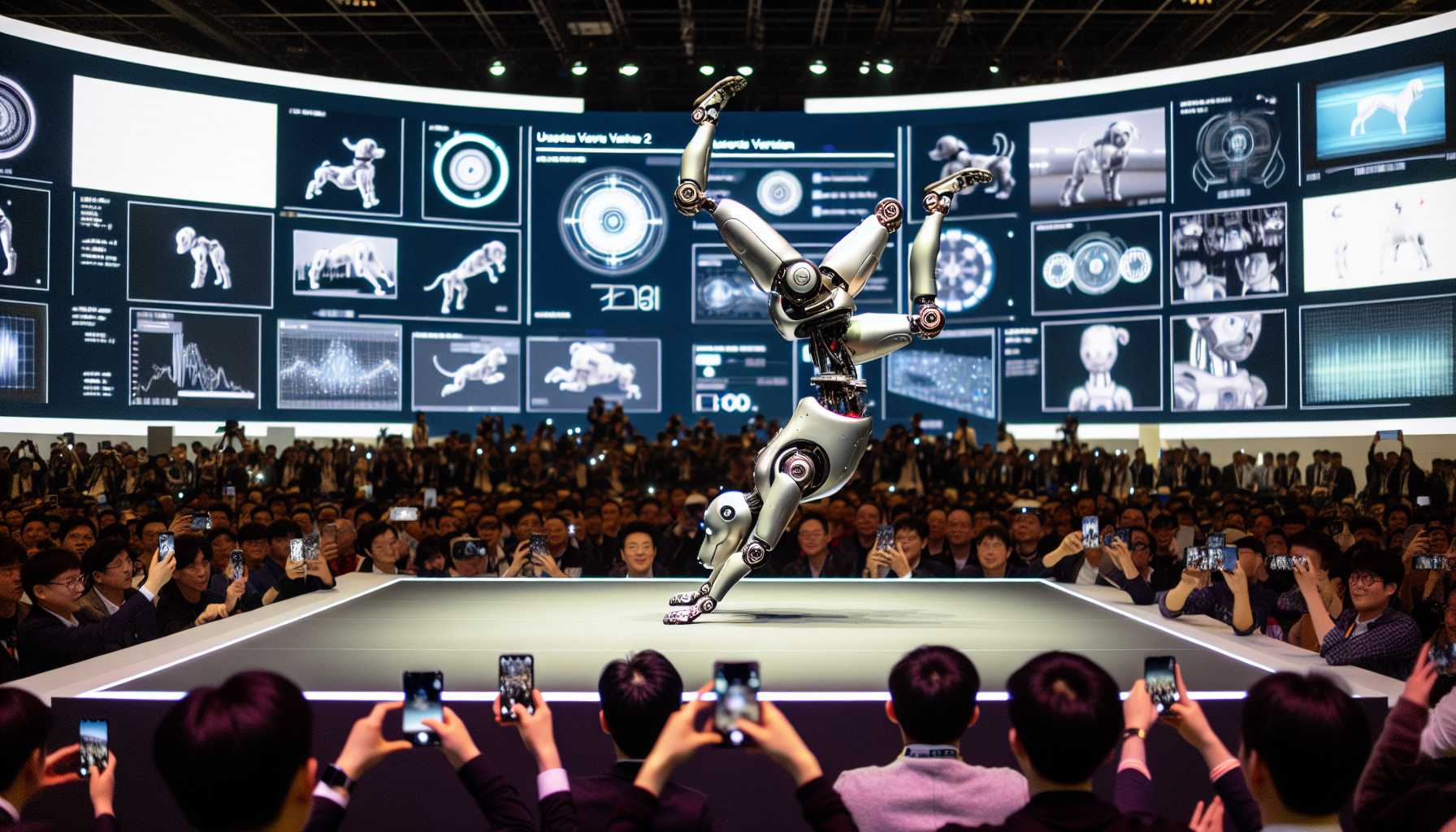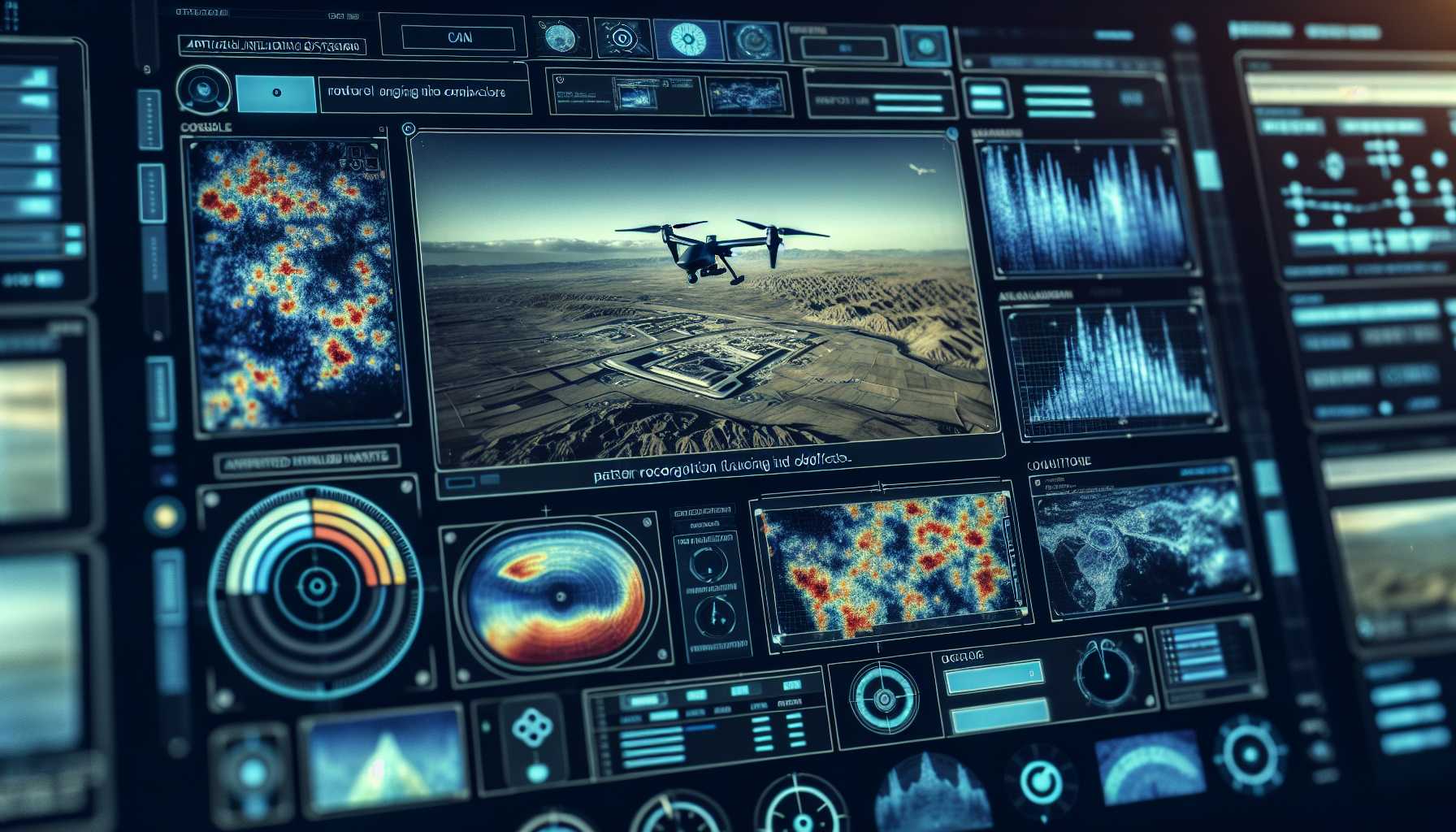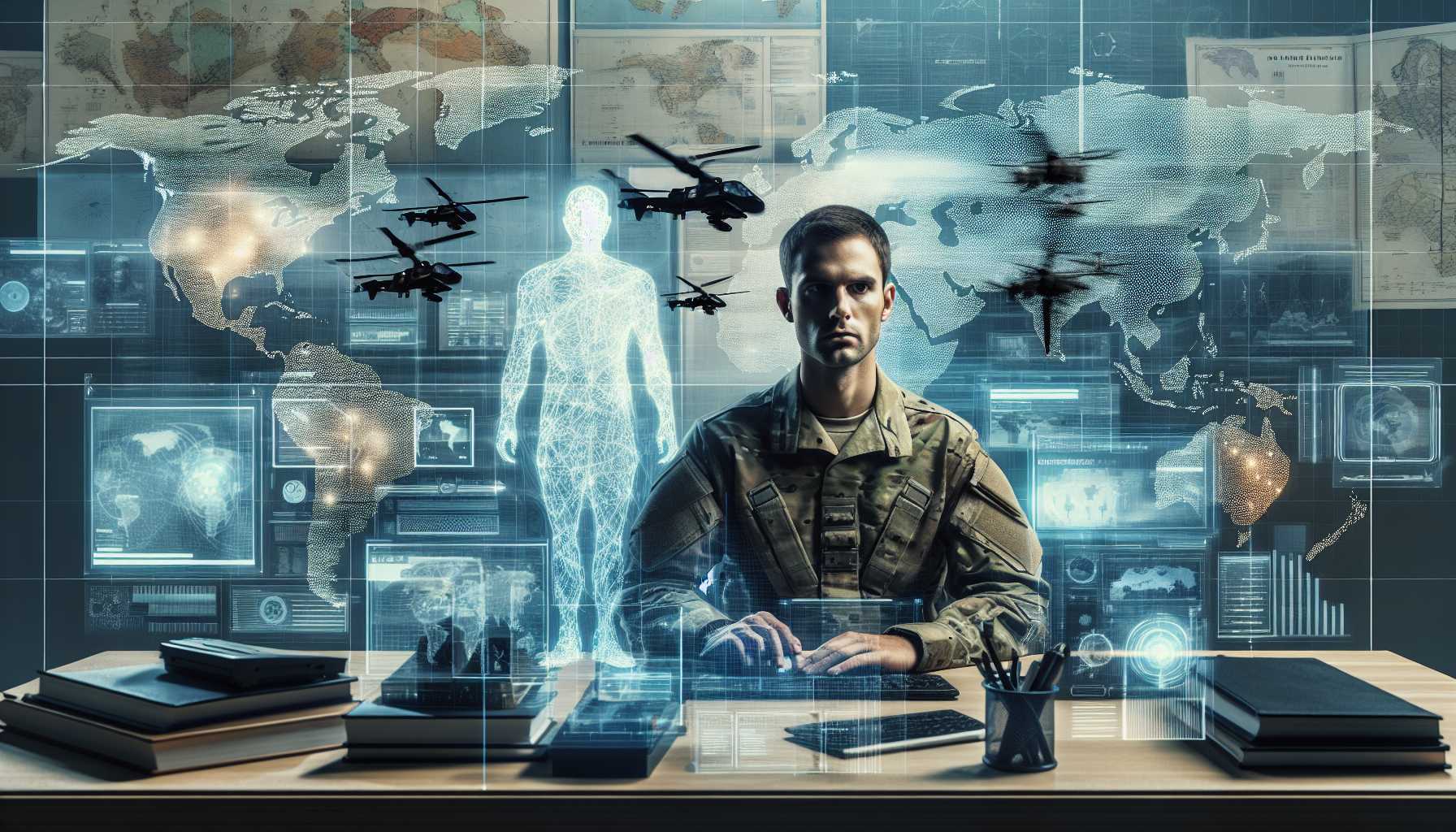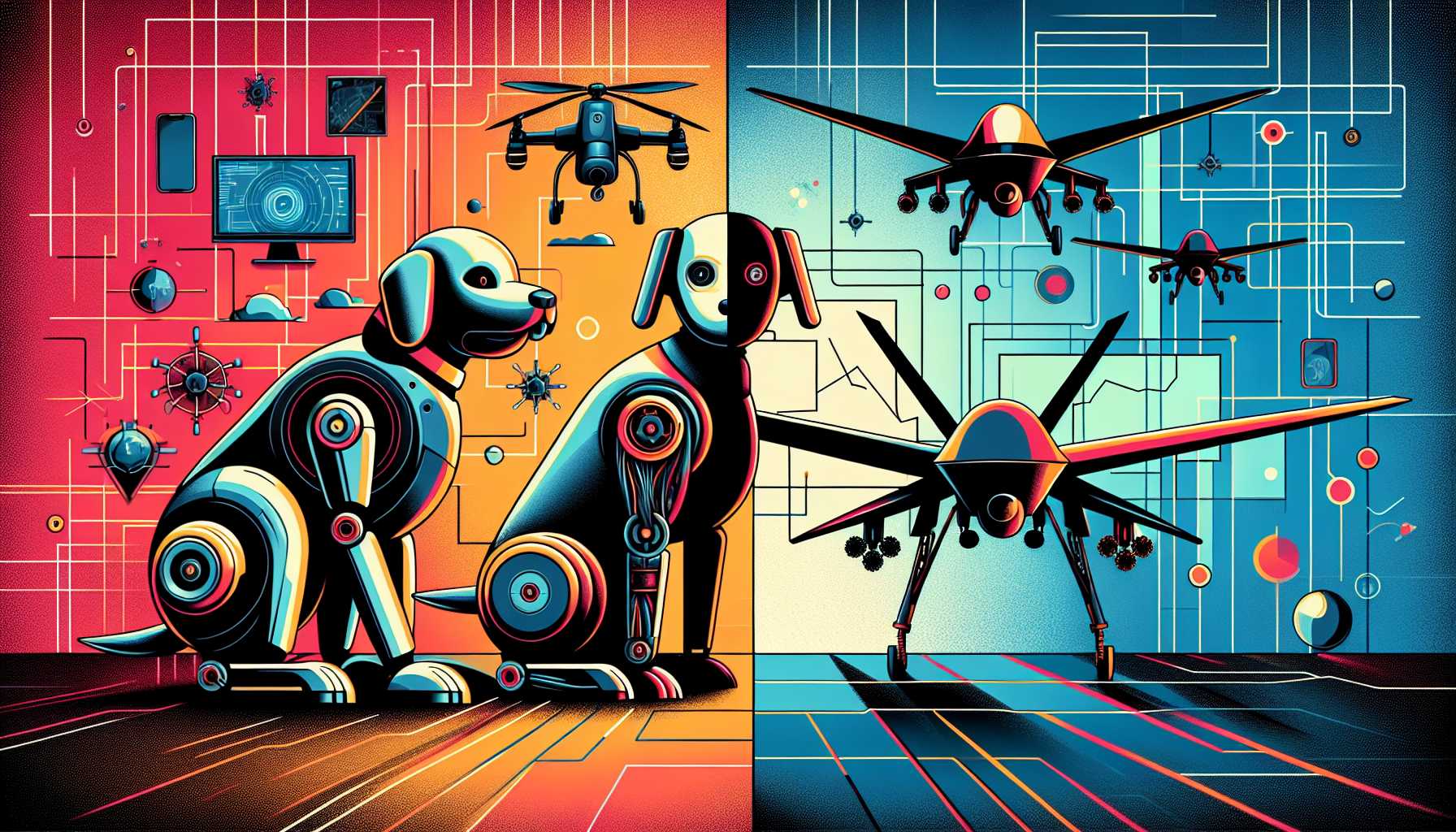Welcome to the cutting-edge world where robotic canines leap with the agility of Olympians, and where artificial intelligence (AI) doesn’t just help us with mundane tasks, but also makes weighty decisions in national defense. It’s a time when the line between sci-fi and reality blurs, unveiling a future both enthralling and unnerving. Let’s dive into the mechanical barking of Xiaomi’s latest creation and the silent hum of data-driven warfare—a tale of two AI beasts, if you will. As your tech news bard and industry insider, I’m here to decode the jargon and inject some levity into a topic as heavy as AI-powered steel.
Unleashing the CyberDog 2: Xiaomi’s Robotic Best Friend
In the quaint corners of technology expos and dystopian fantasies, Xiaomi’s CyberDog 2 finds its niche. A creature conjured from a tapestry of sensors and algorithms, this open-source marvel on four mechanical legs pranced across the stage at MWC Barcelona, igniting curiosity and a touch of unease. The CyberDog 2 is a stunning display of modern robotics, capable of the sort of showmanship that’d make circus acrobats envious. Imagine—a quartet of metallic mutts waltzing, backflipping, and wiggling in a symphony of synchronicity. Yet, despite their impressive moves, they lack the warm, panting breath of real canines or the comforting thud of a wagging tail against your leg. Xiaomi promises a creature not just of tricks but of semi-autonomy, thanks to its 19 sensory inputs. This “man’s new best friend” is crafted to emulate the companionship we seek in our furry friends. However, it’s worth pondering whether these robotic replicas will ever fill the void of their breathing counterparts or remain sci-fi status symbols for the few who can fork out the dough.
The Militarized Mind: AI’s Role in Modern Warfare
Moving from consumer gadgets to the somber battlegrounds, AI has been enlisted by none other than the US military. The increasing integration of machine learning algorithms in defense operations has sparked both intrigue and ethical scrutiny. The October 7 Hamas attacks on Israel became a grim catalyst, as AI-driven target identification systems surged into operational use. US Central Command now utilizes these algorithms to pinpoint structures and vehicles, with over 85 strikes credited to these digital eyes. We’re toeing the line here, folks, between remarkable efficiency and the fears of dystopian fiction. Project Maven — Google’s controversial and now-ended partnership with the Pentagon — set the precedent. Originally intended to sift through drone footage, the initiative sparked outrage amongst Google employees, leading to a severance of ties. Yet, the military’s AI endeavors press onward, with human oversight as a crucial, yet possibly imperfect, safeguard.
Conflict Between Efficiency and Ethos
The juxtaposition of benefits and moral dilemmas presented by military AI use is stark. Indeed, algorithms might outmatch the human eye in identifying a missile launcher from satellite fuzz, potentially saving lives. But can we reconcile this with the fear of dehumanizing warfare, reducing life-and-death decisions to binary computations? The assurance of human verification at each step is the Pentagon’s ethical moat. Yet, it’s vital to question: how insurmountable is this barrier, truly? History whispers cautionary tales of misguided missiles and collateral tragedies. Might AI, then, offer a balm for human error, or will it simply coat existing imperfections with a sheen of technological advancement?
AI: The New Face of Man’s Best Friend and Modern Combat
In one corner, we have Xiaomi’s CyberDog 2 — a testament to open-source innovation and the evolving relationship between humans and machines. In the other, the US military’s application of AI reveals a future where warfare is shaped by lines of code and screen swipes. These parallel tales of AI in robotic companionship and military operations present a fascinating glance at how deeply intertwined our lives are with artificial intelligence. Each serves as a harbinger of a future teeming with potential and fraught with philosophical quandaries. In Xiaomi’s metallic pup, we see the lighter side of tech—achievement, amusement, perhaps a friend for those who solder rather than snuggle. Meanwhile, the military’s use of AI in warfare offers no such levity, only the sobering reality of technology’s pervasive grasp on human endeavors, including those that decide life and death. If we are to navigate this AI-laden epoch with grace, it will demand of us an unerring vigilance—ensuring that as we innovate, we preserve the heartbeat of humanity that no algorithm can yet replicate. And now, for a little bit of robotic artistry, let’s have those images come to life! json The truth remains that as we march into this brave, new, technological world, humor, context, and an informed public discourse will be our guide. And for now, I take my hat off to the tiresome work of the programmers and ethicists alike—may their coffee cups never run dry in their invaluable efforts to shape our AI futures.





